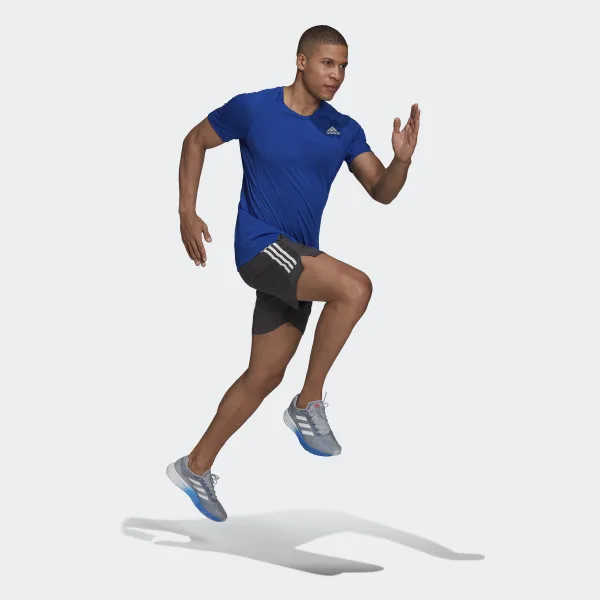Short on Time? 7 Reasons High-intensity Interval Training May Be the Answer
To achieve substantial health benefits and to produce the results you want, exercise must be done frequently, with enough intensity, and for an appropriate length of time. For long-term results, however, you need to find a form of exercise that you enjoy and that will actually fit into your schedule. High-intensity interval training (HIIT) has become increasingly popular over the past decade or so because the workouts don’t require a lot of time and are extremely effective.
If you’re not yet convinced that you can fit regular exercise into your already overcrowded schedule, here are seven reasons HIIT workouts may be the answer you’ve been looking for:
The human body expends about 5 calories of energy to consume 1 liter of oxygen. When an activity uses multiple muscle groups at a high level of intensity, more oxygen is needed, and more calories are burned. HIIT workouts that involve both the upper and lower body can be particularly effective for those who want to lose or maintain weight.
HIIT primarily uses the anaerobic energy pathways, which run out of adenosine triphosphate (ATP), the chemical muscle cells use for energy, rather quickly. So, not only do you use energy during the work interval, but during the recovery interval, muscle cells continue to produce and replace ATP for the next high intensity bout. Whether you are exercising your hardest or taking a few moments to catch your breath during an active recovery interval, your muscles are always working during a HIIT workout.
With HIIT, you will not only burn calories during the workout, but will continue to burn calories after the workout is over, making it an extremely effective use of your time. Excess post-exercise oxygen consumption (EPOC) is the term that describes how your metabolism continues to consume oxygen (and burn calories) for hours after a HIIT workout. Once you are finished with your workout, your muscles will continue to use oxygen, along with fat, to replace the ATP and repair the tissues damaged during the exercise.
When performed at the highest intensity possible, HIIT can support muscle growth with short workouts. HIIT produces a significant amount of metabolic byproducts, including inorganic phosphates, hydrogen ions and lactic acid, all of which help promote the increase of hormones such as insulin-like growth factor (IGF-1) or growth hormone (GH) used to repair muscle proteins. This could, in turn, result in an increase in muscle size or definition without having to spend hours lifting weights.
A short HIIT workout not only makes it possible to burn calories and build muscles, but it could also have important benefits for your brain and cognitive performance. When compared to moderate-intensity, steady-state exercise, HIIT may be more effective at producing brain-derived neurotrophic factor (BDNF) and vascular endothelial growth factor (VEGF), which are proteins that support the growth of new cells and blood vessels, respectively, in the brain.
Many health clubs, exercise studios and online fitness formats apply the science of HIIT to their group workout programs to create instructor-led formats that deliver an effective workout in 30 minutes or less. Logging on to an online HIIT workout or taking a HIIT class at your favorite fitness facility allows you to achieve these benefits with the guidance of a qualified instructor.
When it comes to HIIT, intensity is more important than time; performing a workout at the highest intensity possible allows you to get results in a relatively short amount of time. From start to finish, including both the warm-up and cool-down, most HIIT workouts can be done in less than 30 minutes, making them the go-to solution for when your schedule is out of your control.
While it’s always nice to have a long, stress-reducing workout session, there will be days when time really is a factor. For this reason, it’s nice to know that time-efficient workouts really do work and produce results.


